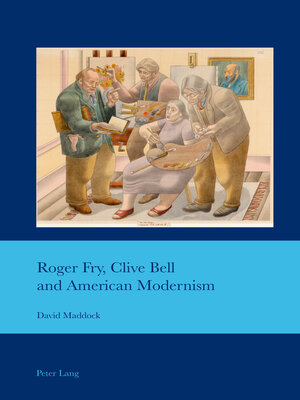Roger Fry, Clive Bell and American Modernism
ebook ∣ Cultural Interactions: Studies In the Relationship Between the Arts
By J. B. Bullen

Sign up to save your library
With an OverDrive account, you can save your favorite libraries for at-a-glance information about availability. Find out more about OverDrive accounts.
Find this title in Libby, the library reading app by OverDrive.



Search for a digital library with this title
Title found at these libraries:
| Library Name | Distance |
|---|---|
| Loading... |
When the Bloomsbury critics Roger Fry and Clive Bell introduced an aesthetically conservative English public to recent Parisian avant-garde painting, they explained its disconcerting imagery by way of a late nineteenth-century metaphysical tradition which had long intrigued musicians and Symbolist writers on the European continent. The Post-Impressionist aesthetic they devised advocated a direct response to the formal ingenuity of the work of art without recourse to prior knowledge and emphasized the significance of visionary genius, albeit to the detriment of narrative acuity and technical accomplishment, values hitherto upheld by the Edwardian art establishment. The provocation was calculated, the author suggests, and its domestic ramifications were predictable: the reaction of an Anglo-conformist public in New York, on the other hand, was anything but.
Recreating an Anglo-American dialogue inspired by Fry and Bell, and framed within a period encompassing Fry's Manet and the Post-Impressionists exhibition in 1910 and Alfred Barr Jr's Cubism and Abstract Art exhibition in 1936, the author demonstrates how key components of Bloomsbury's aesthetic bypassed a pre-existent modernist practice in New York and were instead taken up by an urban intelligentsia which adapted them to the requirements of an increasingly professionalized institutional practice during the 1920s.







